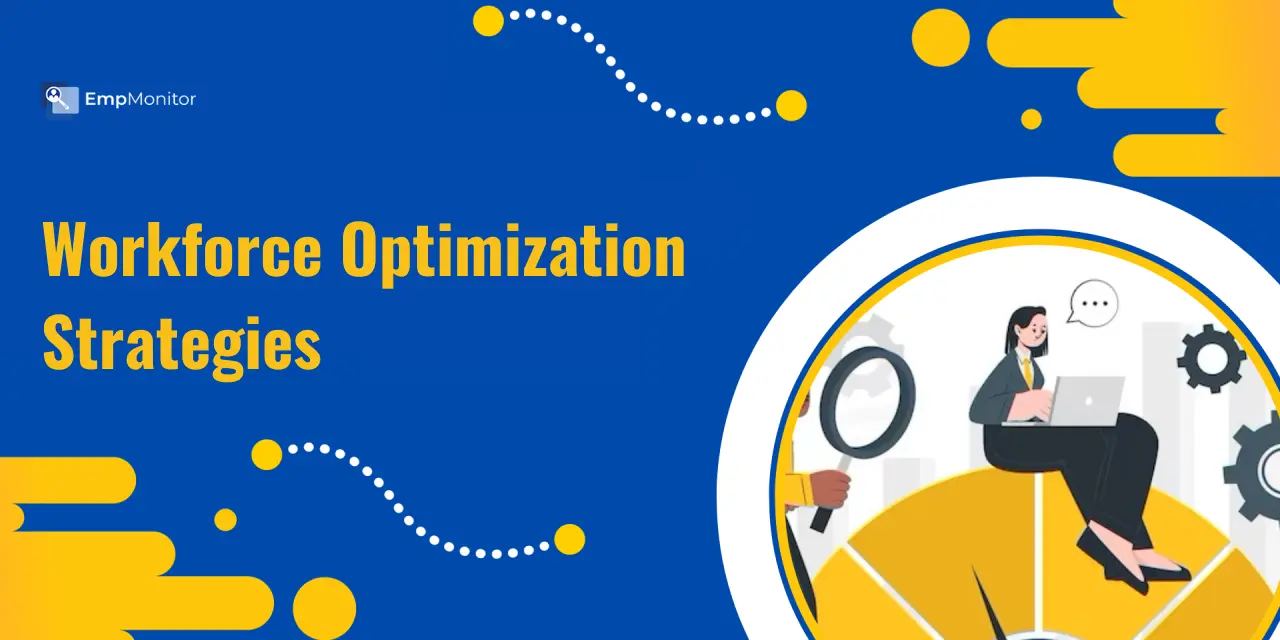The Role of Leadership in Workforce Optimization
The Role of Leadership in Workforce Optimization
Blog Article
10 Workforce Optimization Tips for Reducing Absenteeism
In today's fast-paced company earth, staying in front of the contour is more crucial than ever. One powerful software that can help organizations obtain a competitive side is predictive analytics. By leveraging data to outlook future trends and behaviors, businesses may make more educated choices and optimize their workforce efficiently. But how precisely does predictive analytics play a role in workforce optimization, and why must your organization treatment?
Predictive analytics is revolutionizing the way companies control their employees. It allows corporations to assume potential staffing needs, improve staff performance, and minimize turnover rates. By understanding the designs and trends within your workforce, you may make proper choices that may benefit equally your personnel and your base line.

Understanding Predictive Analytics
Predictive analytics requires using historic information, machine understanding methods, and mathematical types to anticipate future outcomes. In the situation of workforce optimization , it indicates analyzing previous staff information to forecast potential workforce trends. This can include predicting which workers will likely leave, identifying top artists, and deciding the most effective instances to hire new staff.
By harnessing the energy of predictive analytics, businesses can move from reactive to positive workforce management. In place of waiting for problems to develop, businesses may anticipate them and get action before they impact the organization.
Increasing Employee Performance
Among the crucial great things about predictive analytics is its power to improve employee performance. By studying knowledge on employee behavior, production, and diamond, organizations may recognize facets that donate to high performance. These records may then be used to produce targeted training programs, set practical efficiency targets, and offer individualized feedback to employees.
For instance, if the data demonstrates workers who get standard feedback conduct better, managers may implement more frequent check-ins and performance reviews. Likewise, if certain abilities are discovered as important for achievement in a specific position, targeted training programs may be produced to make certain all employees have the required competencies.
Reducing Turnover Charges
Employee turnover is really a significant problem for most companies, resulting in improved hiring expenses and lost productivity. Predictive analytics will help handle this dilemma by pinpointing employees who're at risk of making and pinpointing the factors that contribute to their dissatisfaction.
By knowledge the reasons behind employee turnover, corporations may take hands-on measures to enhance retention. This could include giving more aggressive salaries, providing possibilities for job development, or addressing office lifestyle issues. By lowering turnover prices, companies can save money and maintain a far more stable and skilled workforce.

Optimizing Staffing Levels
Another critical application of predictive analytics is optimizing staffing levels. By examining historic information on staff hours, challenge timelines, and client demand, businesses can forecast potential staffing needs more accurately. This guarantees they have the best number of employees at the best time, preventing overstaffing or understaffing issues.
For instance, if the information shows that client demand peaks throughout particular occasions of the season, organizations can employ temporary staff or adjust worker schedules to meet that demand. That not just increases client satisfaction but additionally helps control labor expenses more effectively.
Improving Recruitment Methods
Predictive analytics may also perform a crucial role in improving hiring strategies. By considering knowledge on past uses, businesses may recognize designs and tendencies that result in successful hires. This information may be used to improve job descriptions, target the proper prospects, and streamline the employment process.
For instance, if the information implies that individuals from certain skills or with specific abilities are more likely to succeed in a certain role, recruiters may target their efforts on getting these individuals. Furthermore, predictive analytics can help identify possible red banners through the selecting method, such as for instance candidates with a history of job-hopping or poor efficiency in past roles. Report this page